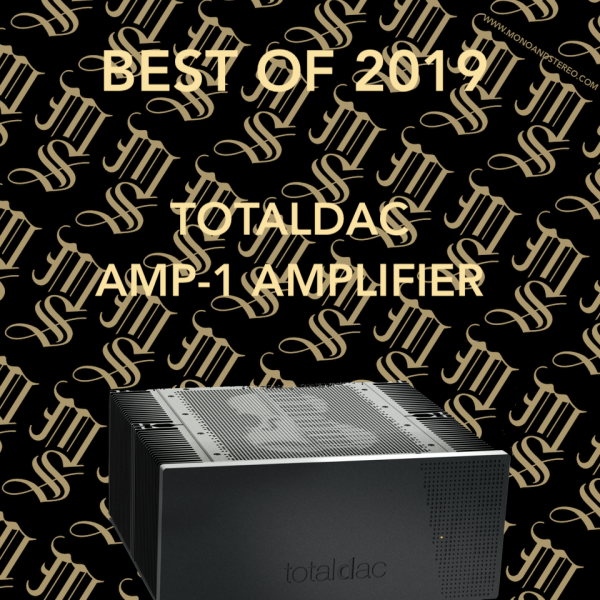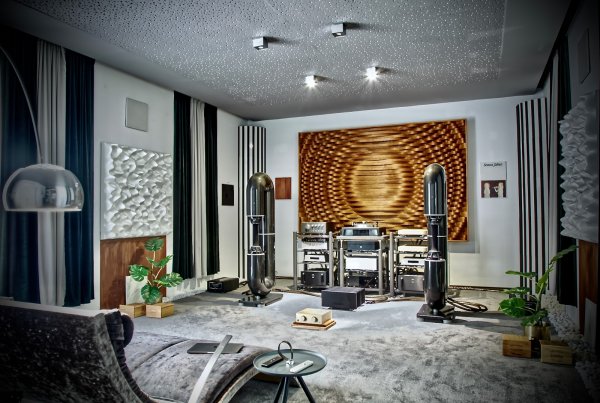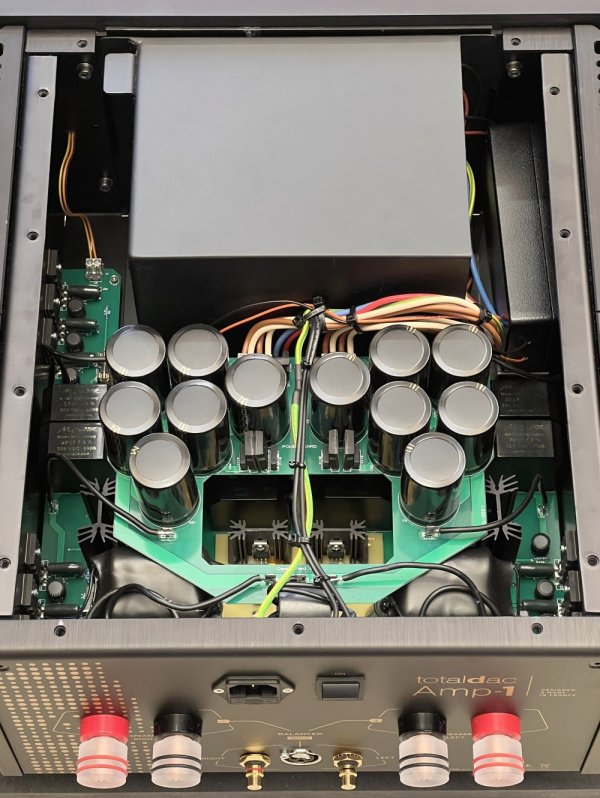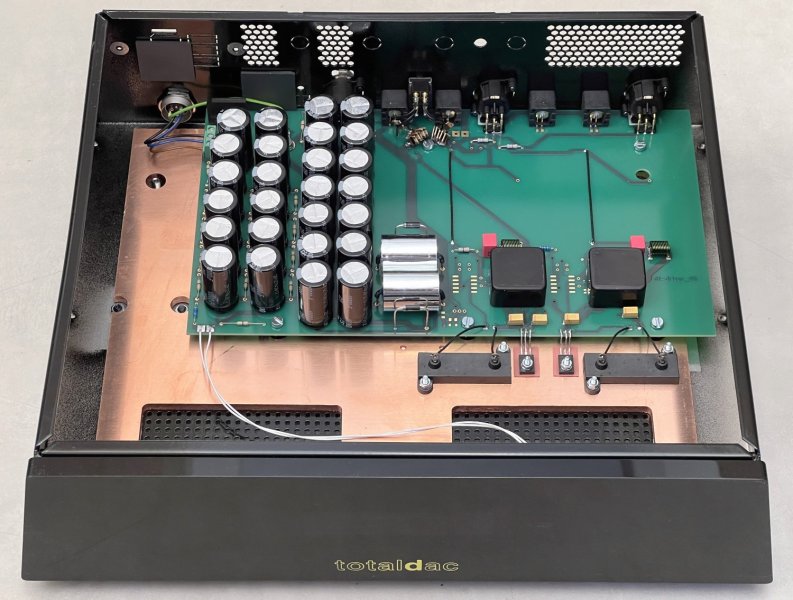Hello Vincent,
I would like to know more about the Amp-1, particularly the following 2 aspects :
1. It's mentioned in monoandstereo review that the two tubes inside Amp-1 are matched NOS tubes.
What type and brands are they?
How long can they be used before the Amp-1 owners need to replace them?
2. Amp-1 has only single-end rca analog inputs. Is it similar to D1-Driver and can be converted to a full-balanced poweramp if one Amp-1 is used for one channel?
How much higher will be the power output then?
My original 2020 upgrade plan was to upgrade/replace my monoblock poweramps.
It has been disrupted by your excellent D1-Drivers. They jumped the queue. Haha
Anyway I hope my poweramp upgrade can be resumed later this year and Amp-1 must be one of the choices and I prefer full-balanced monoblocks.
Many thanks in advance!

Hello CKKeung,
Thank you!

The NOS tubes are a pair of Philips ECC88. They are easy-to-find tubes, from Philips or from other brands, NOS or from today's production.
The life span of these tubes are around 5000hours, up to 10000hours for some. In any case the life span is much longer than power tubes (like KT88, 845...).
Also small tubes are not expensive like power tubes.
It is possible to convert the amplifier from single ended stereo bloc to fully balanced monoblocs. It multiplies the power by a factor of four but the speaker impedance seen by the amplifier is also divided by two. It means that a 4ohm speaker will be seen as a 2ohm speaker by the amplifier. So the internally balanced monobloc approach is more optimum for rather high impedance speakers, and when they need a very high power.
Also the input to output balanced topology (=bridged topology) changes the harmonics spectrum, cancelling even harmonics and leaving the odd harmonics unchanged, that's just Fourier mathematics. This is true for all amplifier that are balanced from input to output, they have much more odd harmonics than even harmonics.
The human ear has naturally more even than odd internal distorsion like many naturally produced sounds, see medical reports about that. So bridge topology is not ideal for this point of view.
I think your system uses DAC -> d1-driver -> transformer based passive preamp -> amplifier
Your passive preamp is transformer based so it is not really important to be balanced or unbalanced from the preamp to the amplifier since the transformers of your passive preamp have a galvanic isolation, so even with RCA interconnects it is floating link, just like a balanced interconnect, or like a turntable cartridge.
So it would be possible to use a RCA interconnects (or XLR via adapters or swapped connectors) from your "floating" preamp to the amplifier. It would be almost equivalent to a balanced link.
Many amplifier balanced inputs are using a transformer to convert a balanced signal to unbalanced, and your preamp has already such a transformer.
Also signal transformers are truly balanced but are not from the "bridged amplifier" family, so they don't make the spectrum "odd harmonics only".
If you want monoblocs it would also be possible to get 2 Amp-1 amplifiers and use one active channel in each to let the 2500VA transformer feed a single channel. This makes twice the footprint on the floor, roughly twice the price, but it is possible. Many CH Precision M1.1 users use theirs this way.
Some people having two binding posts per speaker can also use one 2-ch amp for left and one 2-ch amp for right, for bi-amping. This is not possible with Magico's like my M6's because they have just one biding post per speaker.
Another possibility, I could install input transformers at the Amp-1 inputs, to have fully balanced inputs and the rest of the amplifier unchanged, a bit like the XLR-RCA adapters that I make for the d1-dual DAC. These transformers might also be external dongles plugged into the amplifier RCA inputs. They would respect the odd/even harmonics structure.
Thank you!








